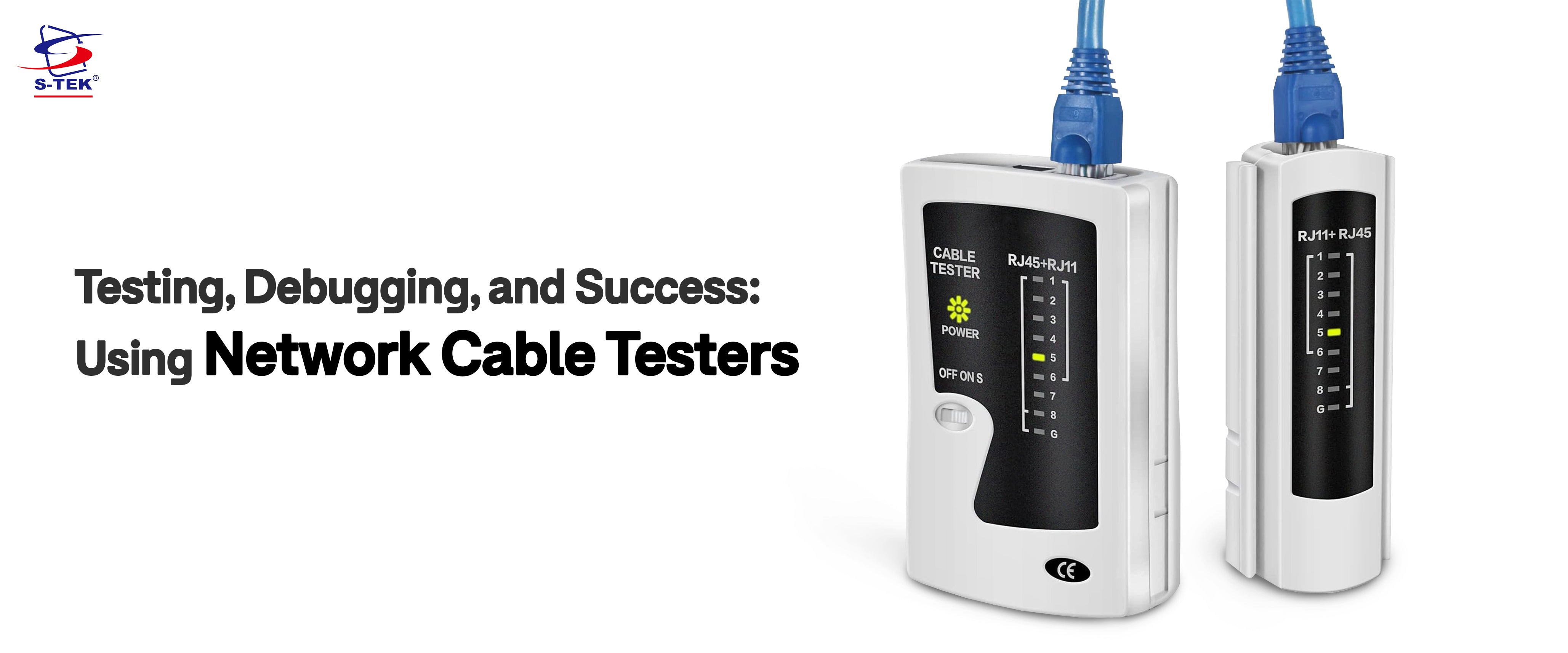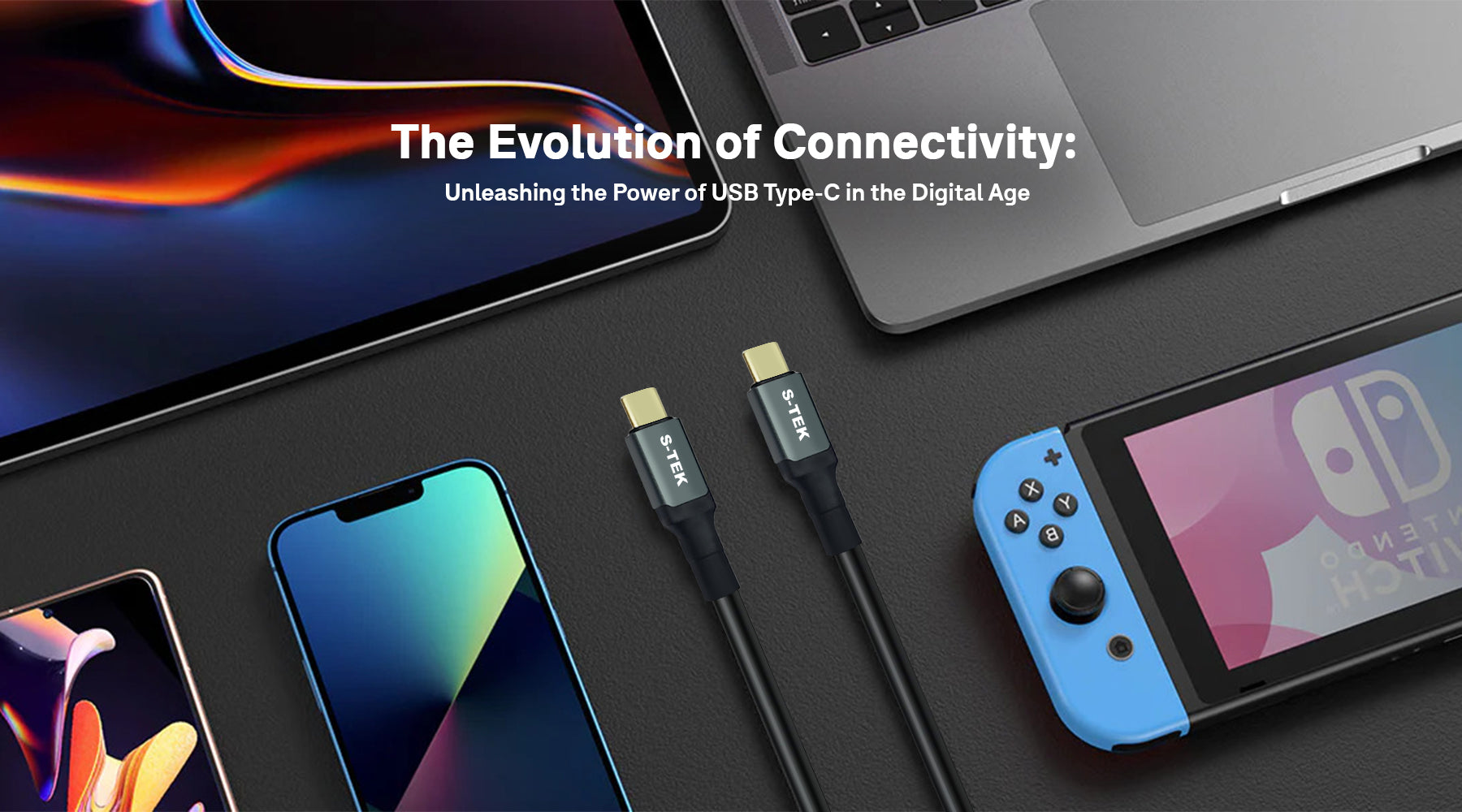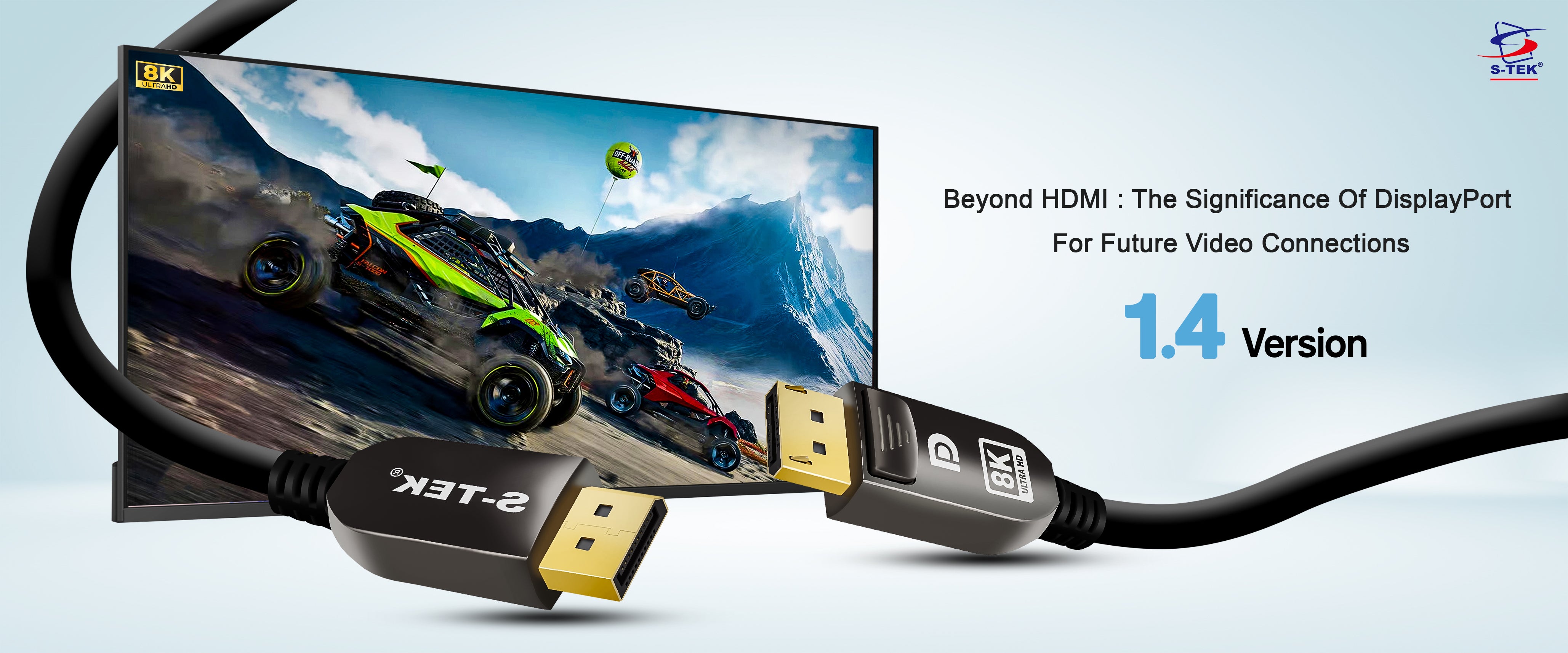
Testing, Debugging, and Success: Using Network Cable Tester
One of the essential items that stands out in the field of network maintenance and troubleshooting are the network cable testers. Knowing how to operate a network cable tester is essential, whether you're an experienced network specialist or a do-it-yourself enthusiast trying to maximize your home network. This in-depth manual seeks to remove any mystery from the procedure and provide you with the skills necessary to use this instrument efficiently.
In order to make sure that network cables are appropriately wired and operating, network cable tester is an essential tool. With it’s assistance, defects like open circuits, short circuits, crossed wires, or improper terminations can be found and fixed, offering valuable information for upholding a dependable network architecture.
Three Kinds of Network Cable Testing
It is crucial to guarantee the effectiveness and integrity of network cables. In order to do this, many kinds of these network cable testing—each addressing a unique facet of cable testing—act as essential instruments. The primary goals of validation testing are to swiftly confirm connectivity and spot fundamental errors. Qualification testing goes a step further and evaluates metrics like bandwidth and signal strength to gauge the network's capabilities and performance. In contrast, certification testing offers thorough analysis while upholding industry norms to ensure compliance and peak performance. Network experts can choose the best tool for specific testing requirements by being aware of the differences between these three categories of testing: validation, qualification, and certification. Since, this ensures a strong and dependable network infrastructure, here is a quick understanding of the three kinds:
Validation
The most crucial type of cable testing is validation. The cable checks each wire's connection during this procedure. In order to detect breaks, shorts, or wiremaps, it could be necessary to have a remote terminator at the other end. This would involve sending an electrical pulse across the wire. Time Domain Reflectometry (TDR) technology is used in the production of high-end testers. The cable is exposed at one end and is given an electrical pulse during this process. The tester can detect distance, including the entire length of the cable, and flaws once the electrical reflections are detected and evaluated while returning to it.
Qualification
A subset of network cable testing called qualification testing assesses a cable's suitability for a given set of network technologies and applications. It tests the cable's physical integrity and connectivity, but it also evaluates how well it performs in actual network scenarios, going beyond simple validation testing. When determining the capabilities of existing cabling in network installations, qualification testing is especially crucial. When determining whether the current cabling can accommodate new technologies or applications without needing to be replaced, it aids network administrators and technicians in making well-informed decisions.
Certification
Network cable certification testers are related to adhering to particular industry standards and protocols. By demonstrating that the testers meet the standards established by organizations or standards bodies, these certifications ensure accuracy, dependability, and compatibility with a range of network infrastructures. Typical certifications held by network testers include the following:
- TIA/EIA-568-B.2 Compliance
- ISO/IEC 11801 Compliance
- Fluke Networks Certified
- Exfo Approved
- TIA/EIA-568-B.2 Compliance
- ISO/IEC 11801 Compliance
- FCC Certified
How to Use Network Cable Testers ?
Connecting the tester to the cable, running the necessary tests, and analyzing the findings are the simple steps involved in using a network cable tester. The particular steps might change based on the kind of tester being used and the tests being administered, but the overall process is usually the same.
This is a detailed tutorial on using a network cable tester:
Assemble the required equipment: The network cable you wish to test, such as CAT 5E, the network cable tester, and—if the cable is unterminated—possibly two RJ-45 connectors are required.
Turn on the tester: Since the testers run on batteries, make sure the batteries are full before starting. An AC adapter for continuous power may also be included with some testers.
Attach the tester's cable: On the tester, find the RJ-45 ports (usually labeled "A" and "B"). Connect the cable's two ends to the "A" and "B" ports, respectively. Make sure the connectors are seated firmly.
Choose the tests you want to run: Some testers allow you to select the precise tests you want to run using a menu or buttons. Testing for cable length, cable quality, wire mapping, and continuity are common tests.
Start the testing procedure: After the tests have been chosen, click the relevant button or adhere to the tester's instructions to begin the testing procedure. Usually, the tester will go through the chosen tests and show the outcomes on its screen.
Analyze the outcomes: Every test's outcome will be displayed by the tester. Pass results show that there is nothing wrong with the cable; fail results show that there is a problem.
Corrective action should be taken: If the cable fails any tests, determine the exact issue and take the necessary measures. This could entail cleaning the connectors, re-terminating the cables, or changing the cables altogether.
Record the outcomes: To aid in future reference and troubleshooting, keep a record of the test results.
Choosing the Best Network Cable Tester
The intricacy of your network, your unique requirements, and the degree of detail needed for testing all play a role in selecting the best network cable tester. When choosing the best network cable tester, take into account the following steps:
Identify Your Requirements: Establish the extent of the testing that you require. Do you need to certify your cabling systems and conduct a thorough analysis, or are you just dealing with basic connectivity issues?
Think About Tester Types: Before moving forward, it is essential that you choose the right type of tester from the following:
- Validation Tester: Suitable for fast inspections, simple errors, and confirming connectivity.
- Qualification Tester: Provides a more thorough analysis by evaluating performance, bandwidth, and signal strength.
- Assessor for Certification: Satisfies industry standards, verifying adherence to exact measurements and thorough reporting.
Compatibility: Verify that the tester is appropriate for the kinds of cables you're using (fiber optic, coaxial, Ethernet CAT6a or any other model)
The intricacy of your network, your unique requirements, and the degree of detail needed for testing all play a role in selecting the best network cable tester. When choosing the best network cable tester, take into account the following steps:
Features:
- Wire Mapping: Capability to recognize errors such as open circuits or crossed wires and to detect the proper wiring sequence (T568A, T568B).
- Length Measurement: Certain testers have the ability to measure cable length, which is useful for installations and troubleshooting.
- Reporting and Documentation: To ensure compliance, certifiers frequently offer thorough reports.
- Portability and Usability: Take into account the tester's weight, size, and ease of use for your own convenience..
Reliability and Brand Reputation: When it comes to choosing reliable high-quality network cable testers online, you can rely on successful companies such as S-TEK, which not only provide you affordable solutions but also excellent after-sales services.
Gaining Expertise of Network Cable Testers is a MUST
In the field of network maintenance, becoming proficient with these cable testers is essential. The goal of this guide was to provide a thorough, step-by-step method for using these tools effectively while demystifying their many facets. By being aware of the subtleties involved in setup, result interpretation, and troubleshooting, users can confidently go through the testing process and guarantee the dependability and effectiveness of their network cables. Recall that these testers are more than just diagnostic tools; they are essential for guaranteeing uninterrupted connectivity, locating errors, and, eventually, preserving reliable network infrastructures. Equipped with this understanding, users can take advantage of the testers to improve the performance of their networks, do precise troubleshooting, and start down the path to network greatness.


